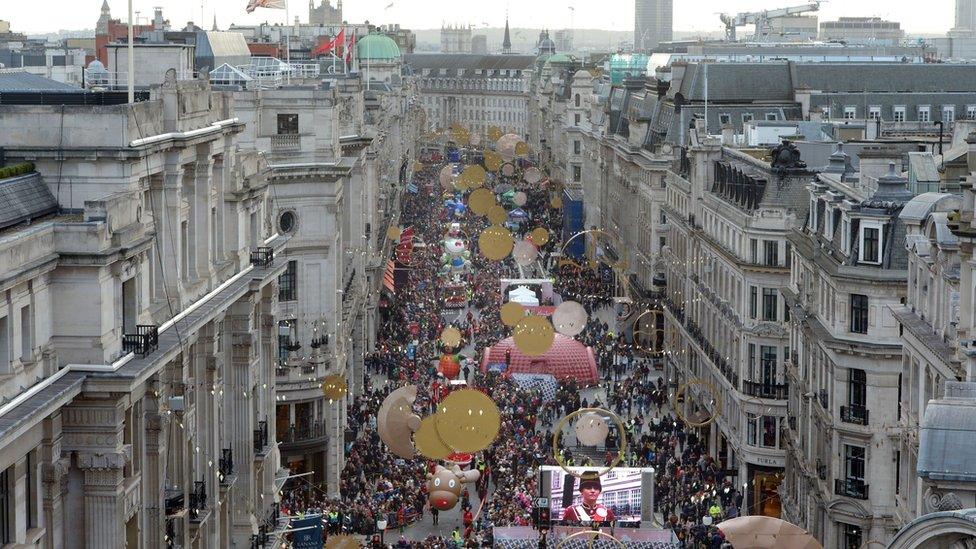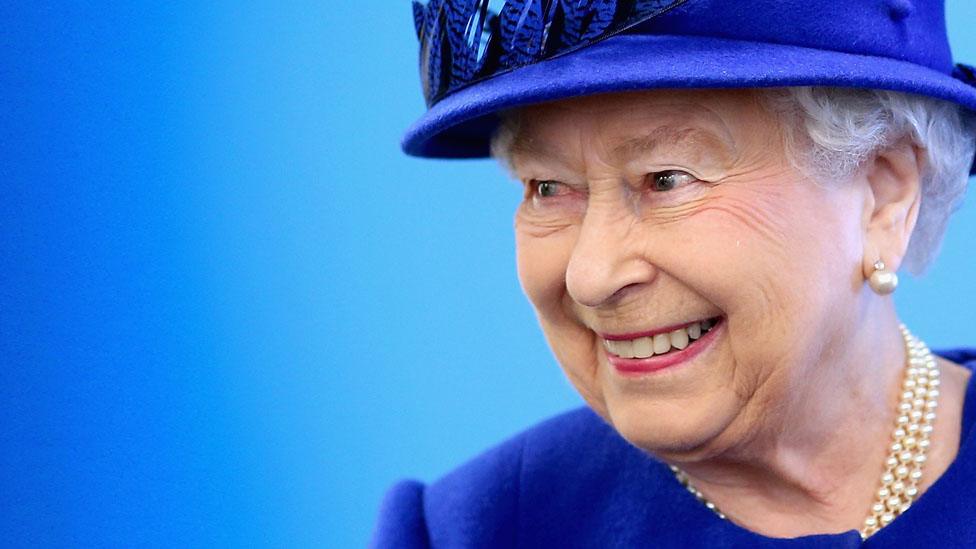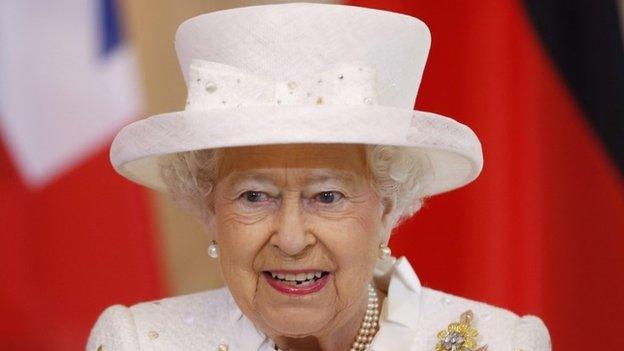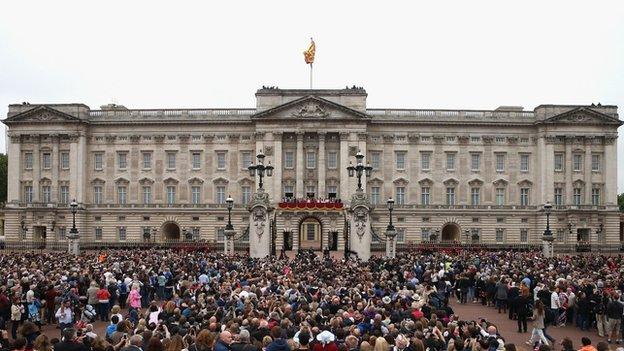Crown Estate makes record £304m Treasury payout
- Published

The Crown Estate owns almost all of Regent Street in London's West End
The Crown Estate has delivered a record £304.1m to the Treasury after the value of its portfolio rose 9.7% to £12bn.
The payout by the estate, which owns London's Regent Street and the entire UK seabed, was up from £285m.
It comes ahead of a review of the Sovereign Grant - taxpayers' money given to the Queen by the Treasury.
This year the Queen received a grant of nearly £43m, currently calculated as 15% of the Crown Estate's profits.
The Sovereign Grant, which is paid two years in arrears, is reviewed every five years.
In the coming months, the government and a senior royal official will carry out a review of the grant, which was set at 15% in 2012.
If the formula is unchanged, the grant will rise to more than £45m next year, up from £31m in 2012.
Wind farms
This year, the Crown Estate has reaped the benefits of a regeneration programme of London's Regent Street and St James's, where it lets out shops.
The estate brought in £22.9m over the year from leasing the country's seabed to offshore wind farms, a rise of nearly 20%.

The Queen receives 15% of the profits from the Crown Estate under the Sovereign Grant
The Sovereign Grant's annual report for 2015-2016 shows the monarchy cost the Treasury £40.1m, of which:
more than £16m was spent on the upkeep of royal palaces and other buildings
£4m covered the Queen and the Royal Family's official travel costs, down more than £1m,
During a briefing to launch the report, Sir Alan Reid, Keeper of the Privy Purse, highlighted the large amount of funds spent on the upkeep of royal palaces.
Spending on property maintenance was up close to 40% on the previous year, he said, yet the condition of the estate was deteriorating at a faster rate than they have been able to respond to.
Sir Alan said a "significant amount" of the rise in this year's Sovereign Grant of £42.8m would be used to tackle the backlog in essential maintenance.
BBC royal correspondent Peter Hunt said it was now unlikely - as had been suggested last year after the publication of the Sovereign Grant's annual report - that the Queen would have to vacate Buckingham Palace during refurbishment.

What is the Crown Estate?
It is an independent commercial property business and one of the largest property portfolios in the UK
The majority of assets are in London, but the estate also owns property in Scotland, Wales and Northern Ireland
Holdings include Windsor Great Park and Ascot racecourse, but most of the portfolio is made up of residential property, commercial offices, shops, businesses, and retail parks
The estate started in 1760 when it was agreed that surplus revenue from the crown's estate would go to the Treasury and, in return, the monarch would receive an annual payment
The estate belongs to the monarch for the duration of their reign, but cannot be sold by them and profits go to the Treasury
The monarch is then given 15% of the annual surplus of the estate, known as the Sovereign Grant, to support official duties

Charles' income rises
Meanwhile, Prince Charles's private income from his Duchy of Cornwall estate, a portfolio of land, property and financial investments, rose by 3% to £20.5m during the last financial year, and his tax bill increased by £531,000 to just over £5m.
The Duchy of Cornwall, which includes assets such as London's Oval cricket ground and has the Isles of Scilly among its possessions, funds the private and official expenditure of the Duke and Duchess of Cornwall.
The estate is given to the heir to the throne and comprises 53,628 hectares (132,518 acres) of land in 23 counties, mostly in the south-west of England.
The prince also received £1.4m in funding from the Sovereign Grant and government departments during the period.
- Published25 June 2015

- Published24 June 2015
